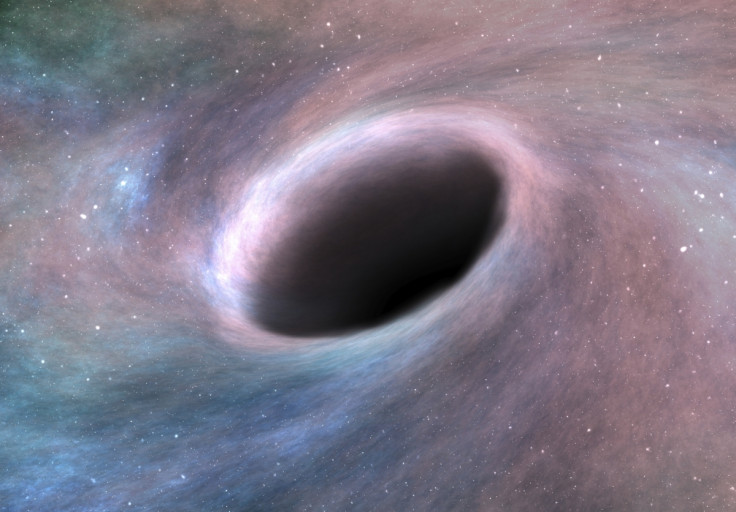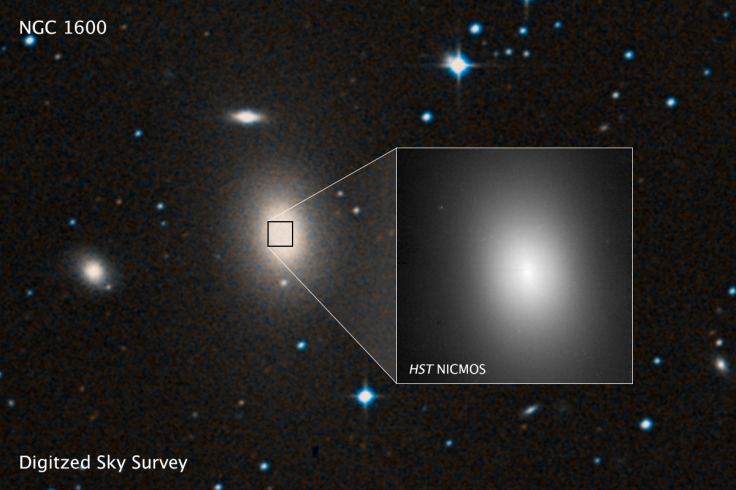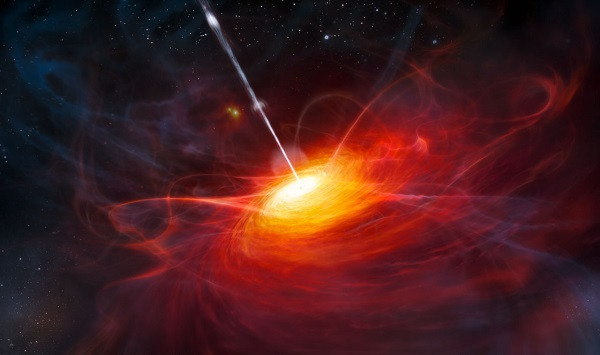Supermassive black hole found in remote galaxy sparks hopes of future similar discoveries

Astronomers have discovered a supermassive black hole in a sparse area of the universe, within the elliptical NGC 1600 galaxy. Its estimated 17-billion-solar-mass makes it one of the biggest known black hole in the universe. Researchers compare it to the record-breaking Coma Cluster galaxy's supermassive black hole identified in 2011, which is estimated to reach a 21-billion-solar mass.
This discovery, published in the journal Nature, is unusual because supermassive black holes are not generally found within average-sized, relatively desert galaxies like NGC 1600. In the past, most have been spotted at the cores of very large galaxies, in regions loaded with other large galaxies. This therefore suggests that supermassive black holes could be much more common than previously thought, throughout our local universe.

"Rich groups of galaxies like the Coma Cluster are very, very rare, but there are quite a few galaxies the size of NGC 1600 that reside in average-size galaxy groups", co-author Chung-Pei Ma said. "So the question now is, 'Is this the tip of an iceberg?' Maybe there are a lot more monster black holes out there that don't live in a skyscraper in Manhattan, but in a tall building somewhere in the Midwestern plains."
Finding luminous Quasars
Located 200 million light years away from Earth, this newly discovered black hole is a significant success for Ma's team, who have been conducting The MASSIVE Survey for two years.
This study received funding in 2014 from US National Science Foundation to weigh stars, dark matter and central black holes of the 100 most massive galaxies closest to Earth. One of the project's end goal is to identify the descendants of luminous quasars.
Quasars are bright masses of energy in the universe, which Nasa describes as the "brilliant cores of active galaxies". Astronomers suspect they are powered by supermassive black holes.

Ma's teams believes that the NGC 1600 black hole she and her team have just discovered may harbour an ancient quasar that is now in a dormant state. If so, it would be the first quasar discovered in a relatively empty part of the universe.
"The brightest quasars, probably hosting the most massive black holes, don't necessarily have to live in the densest regions of the universe," she concludes. "NGC 1600 is the first very massive black hole that lives outside a rich environment in the local universe, and could be the first example of a descendent of a very luminous quasar that also didn't live in a privileged site."
© Copyright IBTimes 2025. All rights reserved.






















